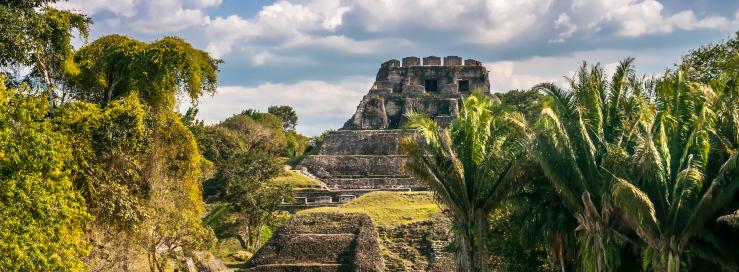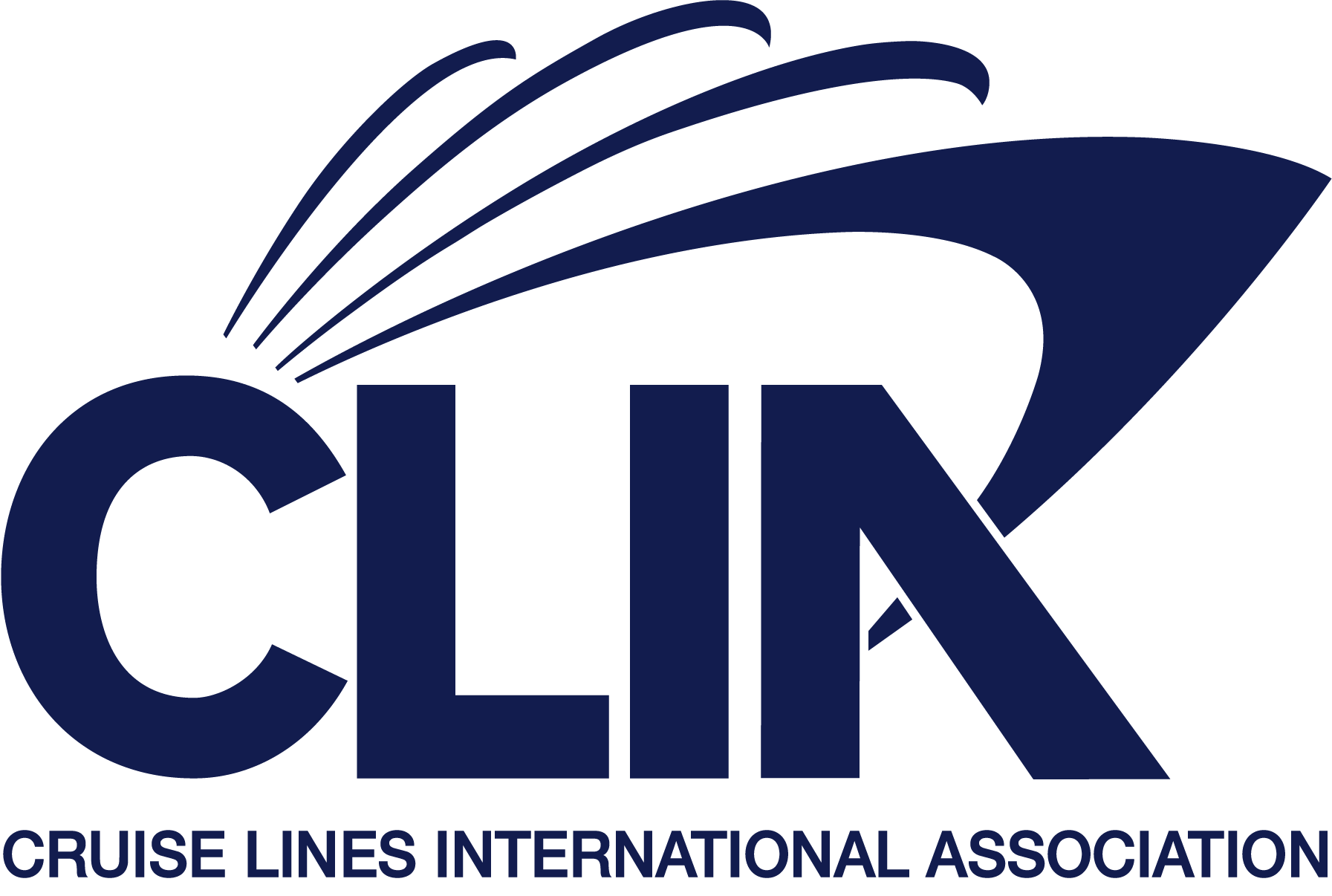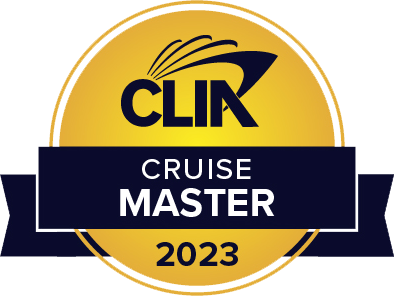Three million years ago, the Isthmus of Panama emerged from the sea and changed the world forever. It divided an ocean and joined two continents together, triggering one of the most important natural evolution events in the history of the world. Today, this narrow land bridge in Central America is home to more species of birds and trees than the whole of North America. Panama is of course world-famous for its 77 km (48 mi) canal that connects the Pacific Ocean with the Atlantic Ocean. ��Panama’s history has been formed by a rich pre-Columbian era for more than 12,000 years. Early cultures in Panama were the Monagrillo, the Cueva and the Conte, particularly famous for their pottery, which was the first in the Americas. The first European claiming the territory of today’s Panama was Rodrigo de Bastidas, coming from Colombia’s Atlantic coast in 1501. In 1513 Vasco Nuñez de Balboa became the first Spaniard to see the Pacific Ocean from the top of a hill. Four days later he and his men stood at the shores of the Pacific Ocean. In 1519, Panama City was founded and became an important hub for seized goods making its way from Peru to Spain. ��We visit Gatun Lake, a large artificial lake with a unique ecosystem that forms a major part of the Panama Canal, carrying ships for 33 km (20 miles) on their transit across the Isthmus of Panama. At the time it was created, Gatun Lake was the largest artificial lake in the world. The vegetation at Gatun Lake offers ideal habitats for a large number of bird species. ��The excursion starts with boat trip that heads north on the canal for 25 minutes where we may get close to some of the larger ships that transit the canal daily. Enjoy a leisurely cruise along the forested banks of Gatun Lake looking for wildlife such as capuchin monkeys, howler monkeys, three-toed sloth, various kinds of toucans and other bird life. This is a place to observe the raw regenerative power of the forest as it struggles to claim what was once wild. ��In the afternoon, we visit an Emberá village, an indigenous tribe who have inhabited this region for centuries. There are about 33,000 Emberá living in the Darién, Panama, and 50,000 in Colombia. On our visit to one of the Emberá villages near Panama City, you will be warmly welcomed by the local villagers and enjoy a presentation to learn about their history, culture and way of life. On a guided walk through their village, you will meet more villagers who may show you inside their home, sample local snacks and learn about their medicinal plants. The Emberá are renowned for their exquisite handmade jewellery and woven handicrafts, and you will have the chance to appreciate and to purchase their work. ��Later in the day, we may have the chance to stop at the Miraflores Visitor Centre overlooking the Miraflores lock of the Panama Canal. Four exhibition halls portray the canal's history and biodiversity, while three terraces and observation decks are ideal places for observing the canal's operation and the passage of ships through the locks.
Expect incredible morning views as you arrive into the port for Panama City. Tinged with a silver pre-dawn light, the city will metamorphosise into a golden glow as the sun rises above it. And from then on expect one stunning view after another. Very interesting in its own right, Fuerte Amador is obviously overshadowed by its proximity to Panama City. So should the Miraflores museum of the Canal, which offers a comprehensive and immersive tour of the Canal including a 3-D experience, four exhibition halls, an observation deck, and a surprisingly good restaurant not interest you then there is always the option of lovely Casco Viejo – literally the old quartier of Panama. The grand old colonial houses, cobbled streets, independent boutiques and buzzing street scene make this a must stop on your itinerary. And if you like seafood, you will not want miss the many restaurants and market stalls serving different variations of so-fresh-it’s-still-practically-swimming ceviche. Best eaten like the Panamanians do, with salty crackers and a cold beer on the beach. And if money is no object, a cup of geisha coffee – supposedly the world’s best and definitely the world’s most expensive at $7 a shot is definitely a pick me up! Cool cosmopolitan capital aside, Panama has a skyscraper filled skyline that is worthy of some of its North American counterparts. But if urban utopia is not your scene then fear not, the sandy beaches and lush rainforests are never more than a short cab ride away.







